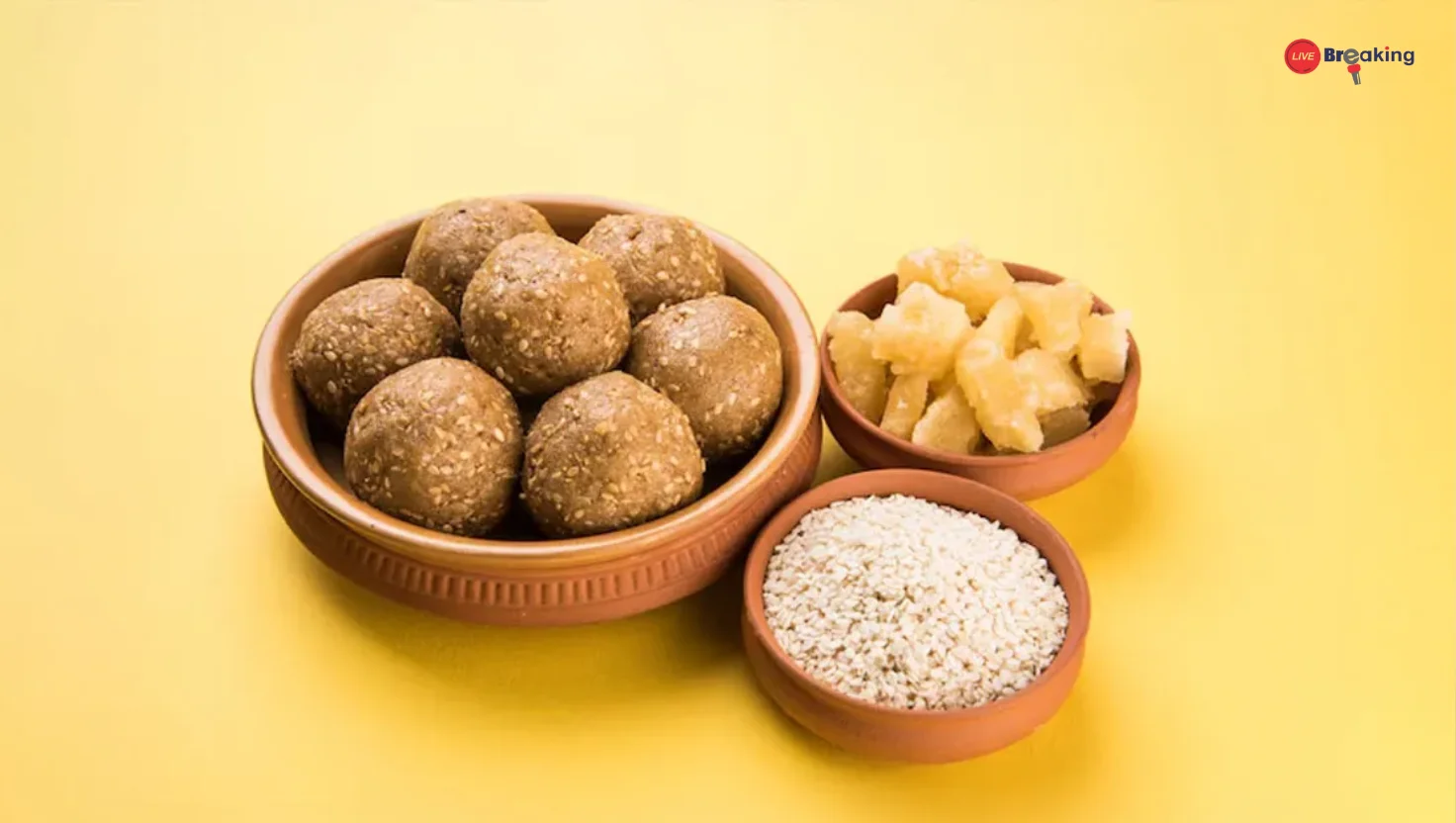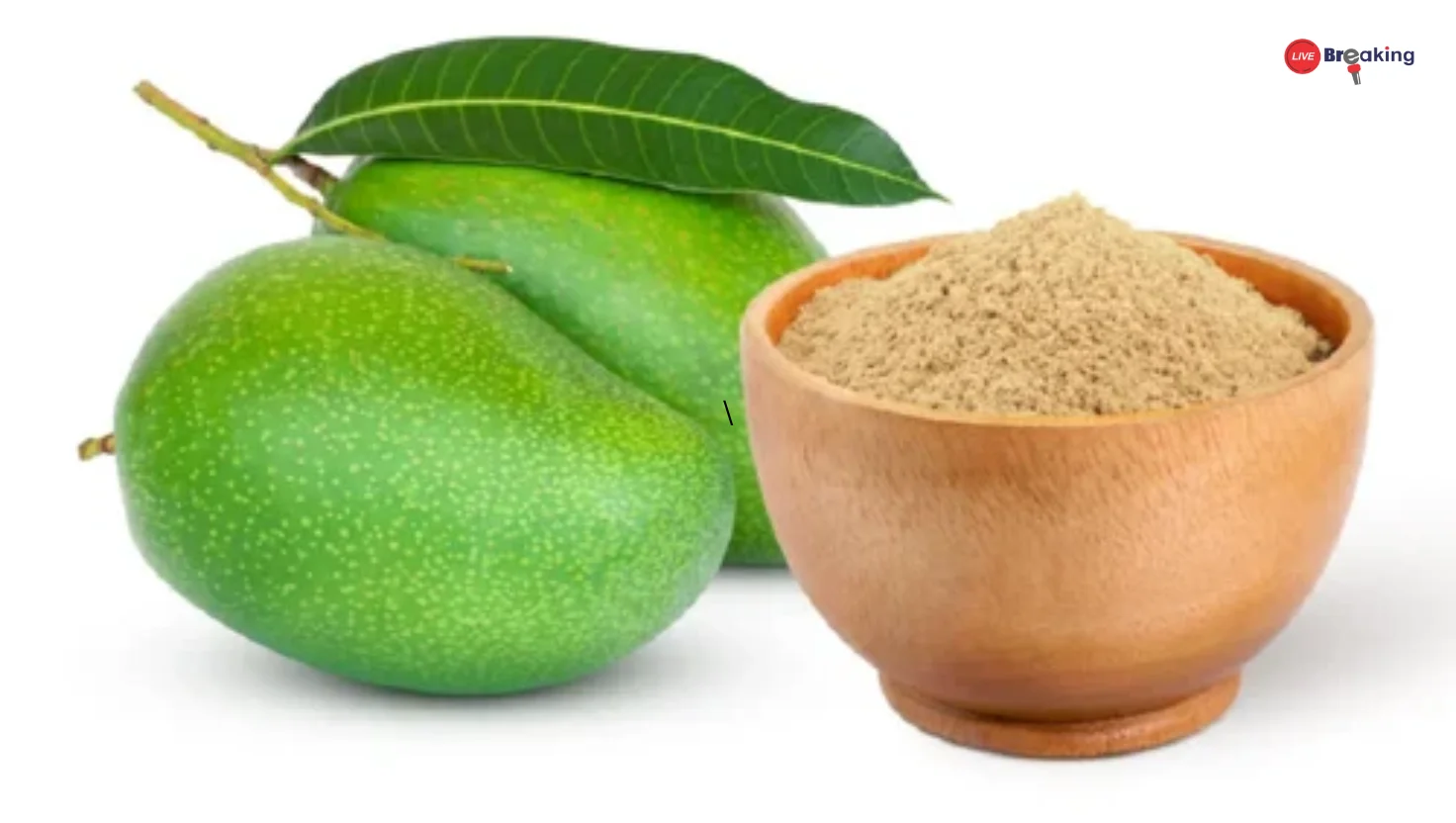A Teaspoon Of This Nepali Honey Is A Sex Stimulant. A Jar Can Send You To The Hospital
Across the Himalayan belt of Nepal, there is a rare red honey that has captured global curiosity. Locals call it a traditional remedy. Travelers call it exotic. Online audiences call it a natural stimulant. Whatever name it goes by, this honey is anything but ordinary. Even a teaspoon can create a noticeable effect on the mind and body, while a full jar can land an unsuspecting person in the hospital. This unusual contrast has turned “mad honey” into one of the most talked-about natural substances in recent years.
Mad honey comes from the nectar of rhododendron flowers that grow high in the mountains. These flowers contain a natural compound known for causing mild psychedelic and physiological effects. Bees carry the nectar back to their hives, infusing the honey with properties that set it apart from anything else found in regular grocery-store jars.
For generations, Himalayan communities have used small amounts of this honey for cultural and traditional reasons. Many locals believe that limited consumption provides warmth, boosts vitality, and improves overall mood. These beliefs have helped shape the global perception that mad honey may act as a sex stimulant, especially when taken sparingly.
The stimulant effect itself is tied to how the body reacts to the natural compounds present. Some users report heightened sensitivity, increased energy, and a short-lived sense of euphoria. These reactions have fueled online hype, turning the honey into a trending “natural booster.” The problem begins when people misunderstand the difference between a teaspoon and a tablespoon—or between moderation and overindulgence.
Mad honey is extremely potent. While a teaspoon may create warmth or stimulation for some individuals, the same substance becomes risky when consumed in large amounts. The compounds in the honey can drastically affect heart rate, blood pressure, and the nervous system. This is why entire jars or even large spoonfuls have led to hospital admissions. Symptoms often include dizziness, excessive sweating, nausea, and in extreme cases, a dangerous drop in blood pressure.
Tourists visiting Nepal often treat mad honey as a novelty. They buy jars without understanding the dosage. Many vendors warn customers, but curiosity and excitement sometimes overshadow caution. A small amount may feel harmless, but doubling or tripling the dose can turn the experience into a medical crisis within minutes.
Part of the challenge is that mad honey does not taste dramatically different. It has a reddish tint and a slightly bitter note, but not enough to communicate its strength. People mistake it for just another organic product and underestimate its intensity. The gap between expectation and effect is where trouble begins.
Read more: Garlic Water vs Ginger Water: Which One Truly Strengthens Your Immunity?
The global market has also added heat to the situation. Online sellers market mad honey as a miracle enhancer. Bold claims circulate about boosted libido, clearer thinking, better sleep, and heightened physical performance. These claims create an illusion that the honey is a safer version of synthetic stimulants. In reality, mad honey sits in a gray zone where cultural tradition, natural science, and trend-driven marketing collide.
Consumers often forget a simple truth. Natural does not automatically mean safe. Even plants and herbs can harm the body when taken without knowledge or moderation. Mad honey is a perfect example. Respect the dose, understand the risks, and never consume it casually.
The honey deserves appreciation for its cultural legacy. Himalayan beekeepers risk their lives climbing cliffs to collect it. Their work reflects skill built over generations. The honey is a part of their heritage, not just an online trend. Using it responsibly means acknowledging that legacy rather than chasing extreme effects.
Read more: Feeling Moody After Your Period? It Could Be Post-Menstrual Syndrome
The safest approach is simple. If someone chooses to try mad honey, they should stick to very small amounts and pay close attention to how their body reacts. People with heart conditions, low blood pressure, or sensitivity to stimulants should avoid it altogether. Curiosity is natural. Recklessness is optional.
Mad honey is powerful, rare, and deeply tied to Nepal’s mountain culture. A teaspoon may feel like a stimulant, but a jar is a medical emergency waiting to happen. Knowing the line between these two outcomes is the difference between an interesting experience and a dangerous one.















